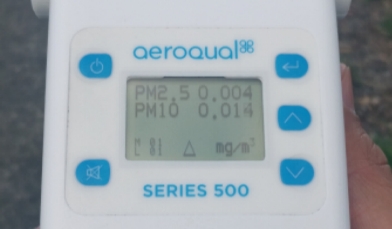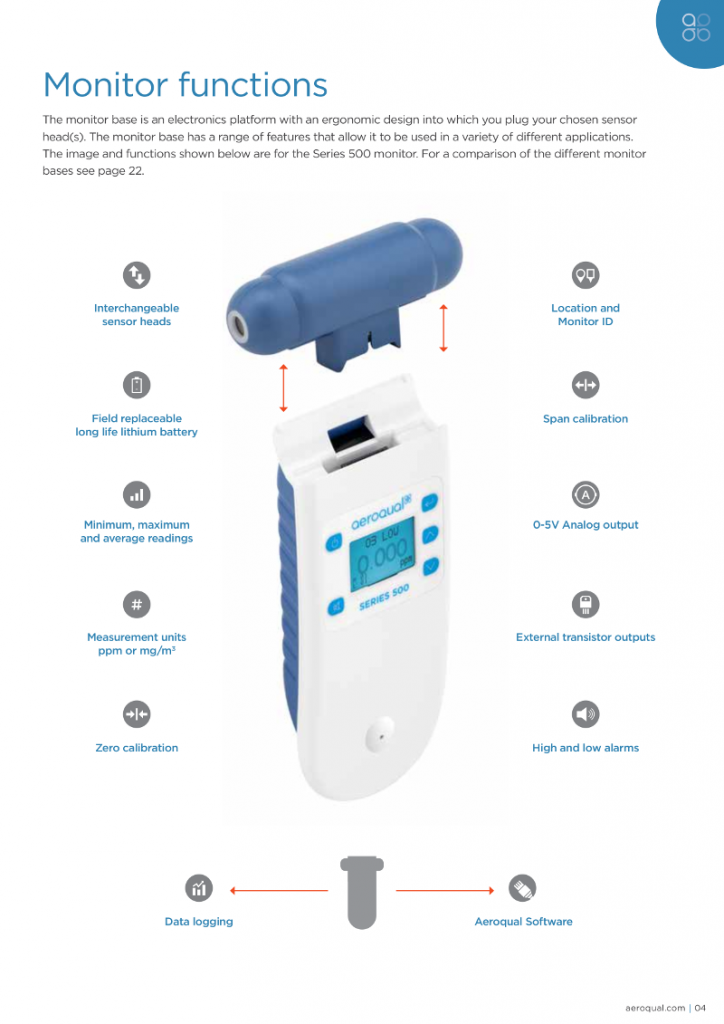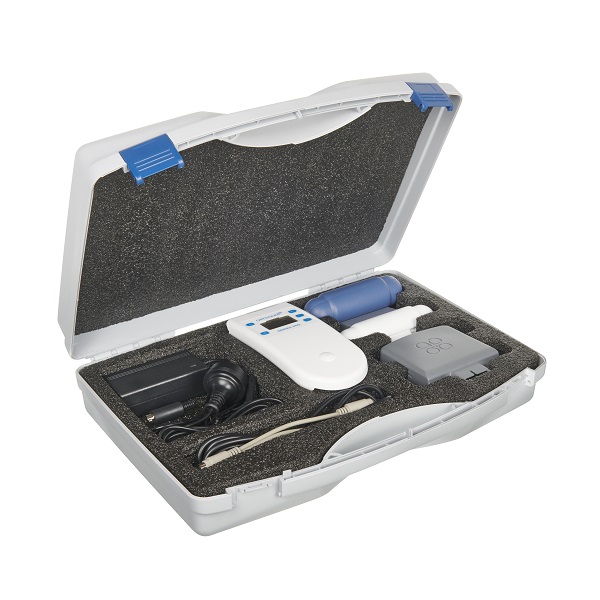In the intricate tapestry of atmospheric pollutants, particulate matter emerges as a significant player, exerting a profound impact on both human health and the environment. In this blog post, we delve into the nature of particulate matter, its sources, associated health risks, and the importance of monitoring its levels.
What is Particulate Matter?
Particulate matter, often abbreviated as PM, encompasses a diverse array of microscopic particles suspended in the air. These particles can range from coarse to fine, with diameters varying from larger than 2.5 micrometers (coarse) to less than 2.5 micrometers (fine). Coarse particles typically originate from natural sources like dust storms and human activities such as road traffic and industrial processes. Fine particles, on the other hand, include secondary aerosols formed through chemical reactions involving pollutants emitted by vehicles, industries, and other sources.
Health Risks Associated with Particulate Matter:
The size of particulate matter plays a crucial role in determining its health effects. Fine particles, due to their minuscule size, can penetrate deep into the lungs and even enter the bloodstream, posing significant health risks. Exposure to particulate matter has been linked to a myriad of health issues, including:
- Non-fatal heart attacks
- Irregular heartbeat
- Asthma exacerbation
- Decreased lung function
- Respiratory symptoms such as coughing, irritation, and difficulty breathing
- Premature death, particularly in individuals with pre-existing cardiopulmonary conditions
Environmental Impacts of Particulate Matter:
In addition to its effects on human health, particulate matter can wreak havoc on the environment. Acidifying lakes and streams, depleting soil nutrients, disrupting ecosystems, contributing to acid rain, and damaging forests and crops are among the environmental consequences associated with elevated particulate matter levels.
Measuring Particulate Matter:
Monitoring particulate matter levels is essential for assessing air quality and safeguarding public health and the environment. Various methods and instruments are available for measuring particulate matter concentrations, ranging from gravimetric sampling to advanced air quality monitors equipped with sophisticated sensors. These monitoring efforts provide valuable data for policymakers, researchers, and the public, facilitating informed decision-making and the implementation of effective pollution control measures.
All of those units can be found here: https://www.gas-sensing.com/information/particulate_matter
Conclusion:
Particulate matter, with its intricate composition and diverse sources, poses significant challenges to human health and the environment. By understanding its nature, sources, and impacts, we can take proactive steps to mitigate its adverse effects and strive towards cleaner air and a healthier planet. Through robust monitoring and concerted efforts to reduce emissions, we can work towards a future where the air we breathe is free from harmful particulate pollution.



